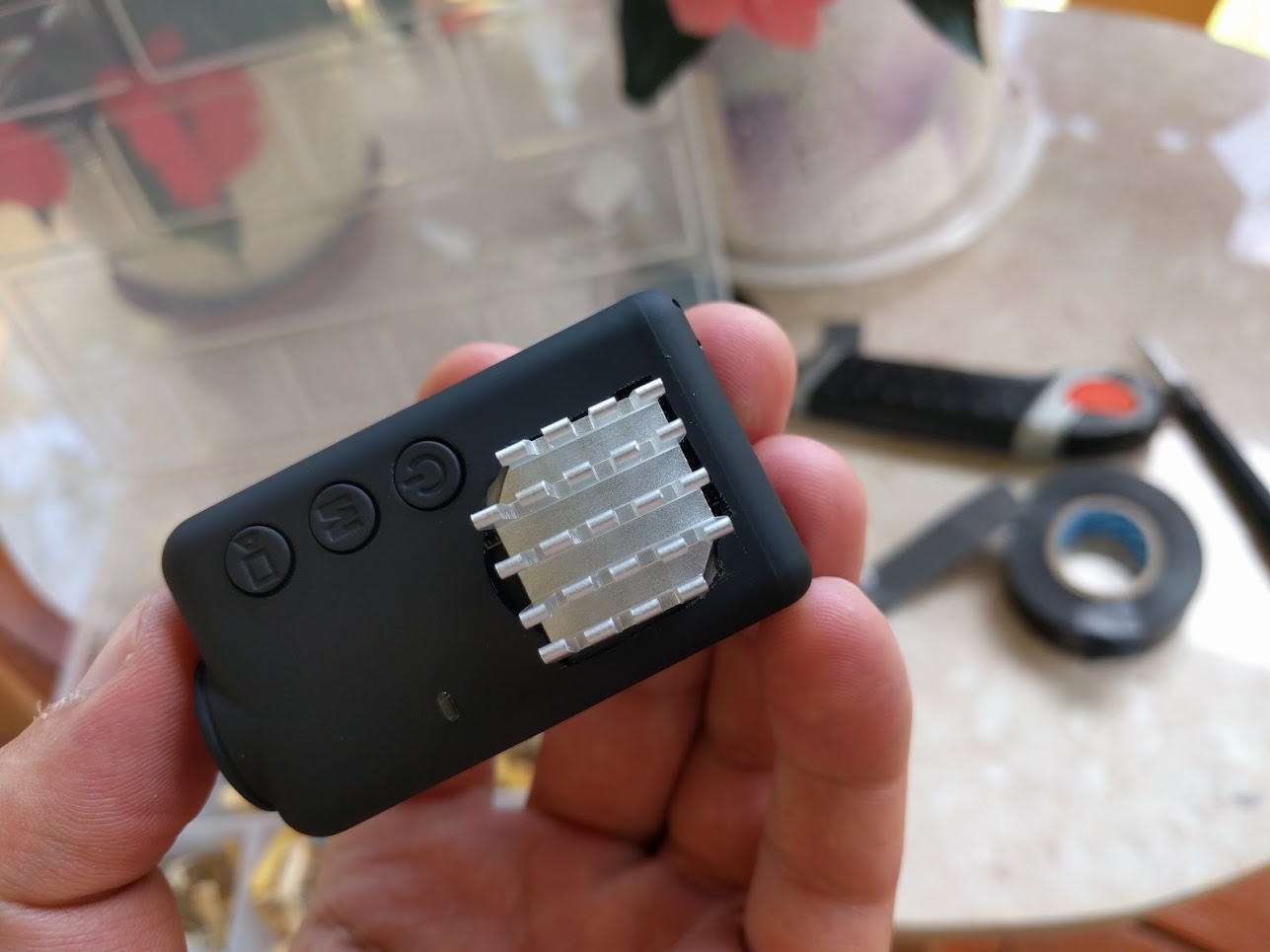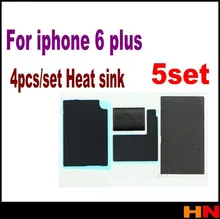- Joined
- Jan 27, 2013
- Messages
- 52,470
- Reaction score
- 30,344
- Location
- Sydney, Australia ~ Shenzhen, China
- Country
- Australia
- Dash Cam
- Too many ¯\_(ツ)_/¯
Can happen


understoodThe test without heatsinks will have to wait for a while. IF there's a problem, I want to be able to return the camera for an exchange without having someone at SpyTec complaining that I took the thing apart. So wait a few months on that one...
Nice work Bob.I now have the Mobius and a Thermal Camera; here's a first look at the heat images:
By the way, the 105F spot in the center market is 40.6C. I do find the images odd in the fact that the heat sinks are cooler than the case. This makes me wonder if the heat sink is making contact with the chip. The room temperature is 67F, 19.4C.
As soon as some other things arrive, I'll be testing the camera under four different conditions and filming the results:
(1) Just the camera with nothing extra.
(2) Camera with a 40mm 12V fan running at 5 V.
(3) Camera with a 40mm 12V fan running at 12V.
(4) Camera with extra external heat sinks added.
Temperature Accuracy +/- 10% (based on .95 emissivity)
from http://www.eutechinst.com/tips/tm/01.pdfWhat is emissivity?
Emissivity is the ability of an object to emit or absorb energy. Perfect emitters have an emissivity of 1,
emitting 100% of incident energy. An object with an emissivity of 0.8 will absorb 80% and reflect 20% of
the incident energy. Emissivity may vary with temperature and spectral response (wavelength). Infrared
thermometers will have difficulty taking accurate temperature measurements of shiny metal surfaces
unless they can adjust for emissivity.


The problem with the Mobius' heat dissipation is that the camera was designed to be used with the heat sinks facing up (as you know, heat rises) but dashcam usage requires the camera to be upside down, significantly decreasing the efficiency of the heat sinks and causing heat to be trapped inside the casing,
A myth is what I would also call itThis is so old. People were saying this about Mobius 3 years ago. Mobius has proven so reliable & durable over the past 3 years, it's self-evident that the heat dissipation myth is exactly that.
Owners worldwide have proven time & again that Mobius can endure any climate even while mounted upside down. No modifications necessary, though the capacitor kit is always a good idea.
it's self-evident that the heat dissipation myth is exactly that.
Nice - you've cut a hole through the case and directly attached the heatsink.
PS: I hope the heatsink sticks better than mine did (to the case/ stock heatsink) they fell off after about 12mths. I haven't bothered replacing them as the cameras seem to handle the heat okay.


